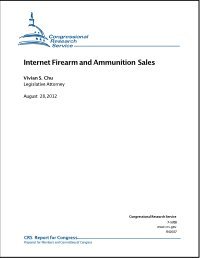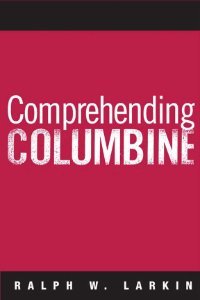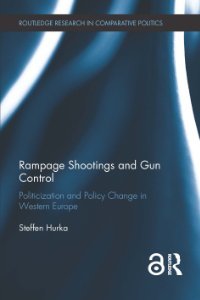By Columbine Review Commission
The Commission conducted 15 meetings open to members of the public. The Commission received statements from an extensive list of State and local officials and private persons who had experience with or information concerning the event; Commission staff reviewed thousands of pages of official and unofficial documents, reports, and studies. Two recommendations related to crisis response actions. First, law enforcement policy and training should emphasize that the highest priority of law enforcement officers, after arriving at the scene of a crisis, is to stop any ongoing assault. Second, there should be an increased emphasis on training appropriate personnel in preparation for and responding to large-scale emergencies. Two recommendations pertained to improved communications for critical emergencies. First, law enforcement agencies should plan their communications systems to facilitate crisis communication with other agencies with whom they might reasonably be expected to interface in emergencies. Second, Colorado should continue to develop a single statewide digital trunked communications system. Other categories of recommendations pertained to advance planning for critical emergencies; interaction with media representatives; tasks of school resource officers; detection by school administrators of potential perpetrators of school-based violence and administrative countermeasures; medical treatment for attack victims; reuniting attack victims and their families; identification of victims' bodies and family access to bodies; and suicide prevention in the aftermath of traumatic incidents.
Denver, Colo. : Columbine Review Commission, 2001. 174p.











